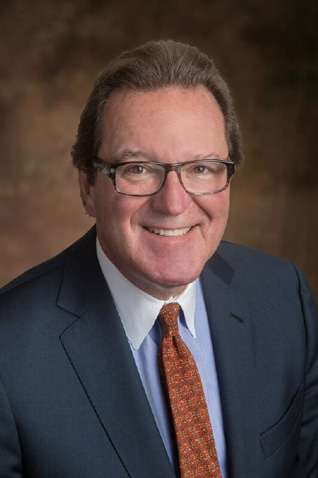Fifty billion dollars. That is 50,000 million dollars. I like to use that analogy so that readers can understand the magnitude of a billion dollars, which is 1,000 million dollars. That is the estimate for what the devastation in southern California’s recent fires will ultimately cost private and public property owners.

Insurance is one of the great gifts of finance to mankind. Through the statistical magic of risk pooling, an individual can obtain peace of mind and protection against devastating loss. But this remarkable invention is showing irreversible signs of breaking down. That is because a key feature of private insurance is actuarial rate-making, or calibrating premiums to the customer’s risk. That is to prevent “adverse selection,” in which only the riskiest people buy insurance, and moral hazard, or the tendency to encourage risk by undercharging for it. But some activities or individuals are so risky they could never obtain, or afford, private insurance.
That is when risk gets socialized. The federal government’s expansion since the 1930s has largely been through the provision of insurance: Social Security, unemployment insurance, health insurance for the elderly and poor, bank deposit, mortgage, and flood insurance and, after Sept. 11, 2001, terrorism insurance. That is why the federal government is often referred to as an insurance company with an army.
The latest example is the tragic fires in southern California. One major bank estimated the fires around Los Angeles have inflicted $50 billion in losses, of which only $20 billion were insured. And what is the reason for the gap? State regulators have prevented insurers from charging premiums commensurate with rising property values, construction costs and wildfire risk that seems to be occurring with greater regularity. As a result, many insurers have therefore stopped renewing policies.
Hundreds of thousands of homeowners shifted to California’s state-run backstop, the FAIR Plan, whose exposure has tripled since 2020 to $458 billion. It has only $2.5 billion in reinsurance and $200 million in cash. If the Fair Plan runs out of money, it can impose an assessment on private insurers to be partly passed on to all policyholders. In other words, the costs of the disaster will be socialized.
And the FAIR Plan isn’t the only one of its type. In total, 33 states have FAIR plans, which are state-run insurance programs for high-risk properties. We have a similar state-run plan in Louisiana, where private market insurance has gotten out of control due to an acceleration in the magnitude and frequency of hurricanes that inflict billions of dollars in damage with every landfall. Because of the astronomical premiums in the tens of thousands of dollars annually, I no longer insure one home except for fire and liability, and I worry every time a hurricane enters the Gulf.
Here is my prediction: in what will be one of the most significant economic and social shifts in American business history, I believe property insurance will follow the lead of Medicare and Medicaid and become institutionalized at the federal and state levels as some form of natural disaster insurance program – not unlike Social Security. That program was created by the Social Security Act of 1935 and significantly impacted American society by addressing economic hardships caused by the Great Depression. It established old-age benefits, unemployment insurance, and aid for dependent children, the disabled, and widows, providing financial security to vulnerable populations. By enabling older workers to retire with income, it created job opportunities for younger workers and stimulated economic recovery. The Act marked a shift toward federal involvement in social welfare and laid the foundation for modern social insurance programs.
When we consider the number of Americans who are affected by floods, wildfires, mud and landslides, hurricanes, tornados, earthquakes, winter storms, volcanic eruptions, hail storms, and droughts, there is no shortage of natural disasters being visited upon the population in almost every corner of the U.S. And like social security, the extent and breadth of the losses from these events are impossible to cover from a loss standpoint.
Property insurance is a significant cost for the typical producer, so expect to see some sort of government-run program in the years to come.
